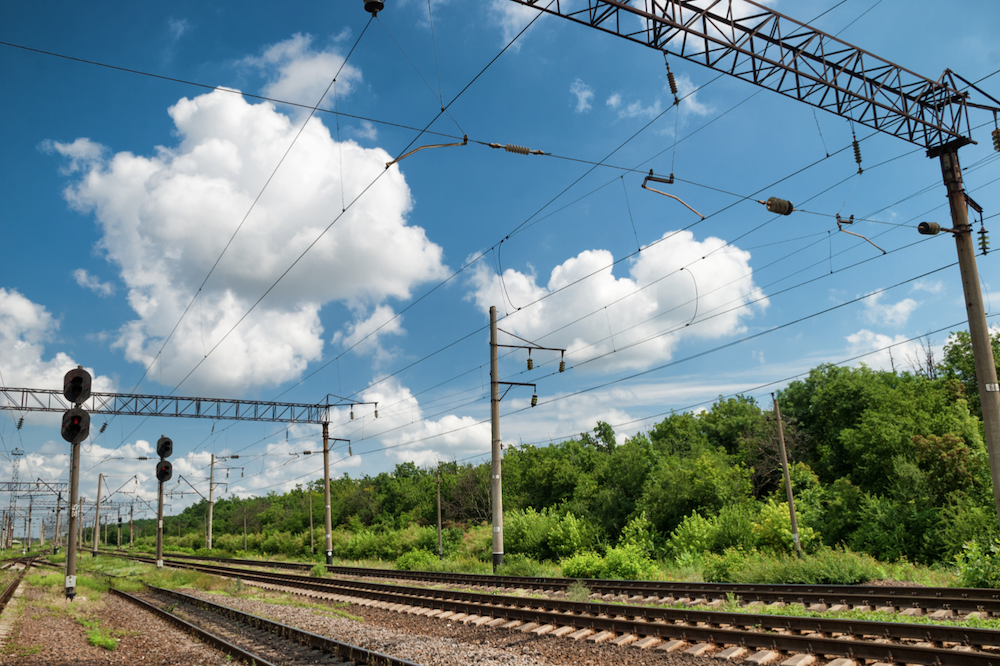ESAL discusses the idea of using choice architecture to create more inclusive, sustainable food options in hospital, corporation and university settings with Katie Cantrell, CEO and co-Founder of Greener by Default.
Infrastructure initiatives and maintenance activities are largely overseen by state and local governments. These entities play a key role in funding, building, and operating roads, bridges, transit, airports, water, sanitation, and countless other forms of infrastructure. Some projects, like road repairs, seek to improve the local economy and the public’s quality of life, and other initiatives, like upgrading water systems, keep the community safe and healthy. The federal government plays a more influential role in capital investment, but state and local spending still accounts for the majority of public capital spending. With reduced federal capital investment, and unpredictable funding from states, local governments have taken on an even greater responsibility of fiscal infrastructure policy.

ESAL discusses the idea of using choice architecture to create more inclusive, sustainable food options in hospital, corporation and university settings with Katie Cantrell, CEO and co-Founder of Greener by Default.
Read more about California's recent landmark proposal SB 1047 for ensuring safe and responsible development of large-scale artificial intelligence systems (AI) discussed in a recent virtual event hosted by the Carnegie Endowment for International Peace (Carnegie).
Learn more about how researchers are using data science to highlight the housing insecurity issue across the country.
Learn more about the recent history of nuclear energy usage in the United States and how both national and state-level policies are shaping its future.
Tyler Pew puts his design and build skills to use rebuilding his hometown. The experienced designer, advocate, and civic enthusiast gained attention for his assistance and leadership in the rebuilding of rural Greenville, CA, following the devastation caused by the Dixie Fire in 2021.
By Robin Mays The Coastal and Estuarine Ecology Lab (CEELAB) was founded in 1997 at the University of Central Florida (UCF) with a focus on the ecology of coastal and estuarine ecosystems, conservation biology, and restoration. CEELAB, along with collaborators and partners such as the Marine Discovery Center, the National Park Service, and several Florida […]
ESAL spoke with Natalie Celmo, senior project engineer, and Ellie Carley, senior program coordinator, to learn how they support underserved groups through the Community Engineering Corps. The Community Engineering Corps provides pro-bono engineering and technical assistance in partnership with communities in need.
On December 13th, ESAL discussed perspectives on outreach and inclusivity with a panel of water experts. Learn how the panelists have worked towards contributing to science communication and making science accessible to everyone.
ESAL interviewed Louis Abramson, an astrophysicist and current Carnegie Fellow in Astronomy at the Carnegie Observatories. He helps tackle problems related to homelessness and food relief in Los Angeles, as an elected member of the Central Hollywood Neighborhood Council.